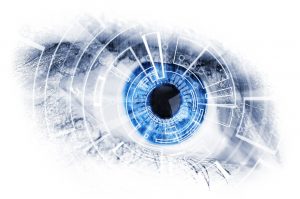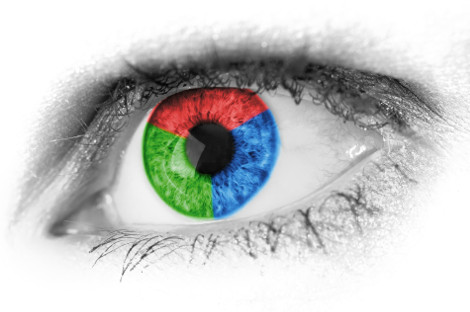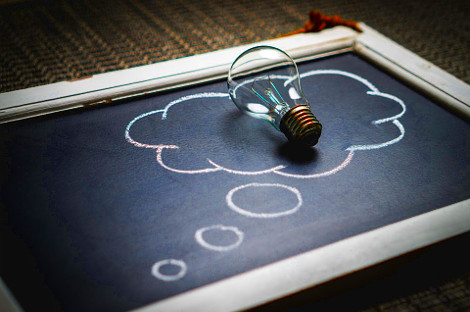What Does EMDR Therapy Look Like?
Experiencing EMDR Therapy involves a number of sessions which include an 8 phase process.
8 Phases to EMDR Treatment
EMDR is a complex and thorough therapy that has 8 phases of treatment to it. Though EMDR is know for its eye movements, which is its unique trademark, EMDR involves much more than that.
Phase 1 in EMDR is history taking
 Often the question arises, ‘How long will it take?’ Each person has a unique story and how each person tells their story is just as unique as well. History can take as few as two sessions and on upwards to numerous sessions.
Often the question arises, ‘How long will it take?’ Each person has a unique story and how each person tells their story is just as unique as well. History can take as few as two sessions and on upwards to numerous sessions.
The purpose for history taking is for the therapist to best determine a client’s readiness and treatment plan.
The length of EMDR therapy will be determined by how young a client was when adverse or traumatic incidences occurred in their life. Also, whether the adverse experience was repetitive or not. What their attachment style is, how they were nurtured, and what was experienced in their childhood including up to present day experiences and traumas.
Phase 2 in EMDR is for emotional resource development
It is imperative that each and every client be evaluated for their ability to manage their own emotions. As this is done various methods are taught, reinforced, and practiced to empower each client to better manage their own emotions. Some people call this coping skills, but much better than that because this process helps resolve emotional struggles and emotional disconnections or dissociations.
Also, self-examining techniques and activities are taught so that the client can move forward with greater awareness and ease.
Because, EMDR is an integrative psychotherapy often other therapies are used and at New Hope Counselling Centre Fraser’s Dissociative Table Technique is used more often than not.
Phase 3-6 is the reprocessing part of EMDR
A target memory is identified and processed using EMDR therapy procedures. Depending on the age of life when this traumatic memory occurred can determine the amount of treatment time is needed.
These phases involve the client where the following needs to be identified:
-
The image that is deeply associated with a specific memory or incident.
-
The negative belief that is held because of the disturbing event.
-
What positive belief that the client would like to embrace instead.
-
Emotions and body sensations need to be identified in regard to the targeted memory.
Once these are identified and the client is confident to proceed then each of the identified aspects mentioned above are brought to the forefront of the client’s mind, then what is called bilateral stimulation is used to begin the processing of this disturbing event.
Bilateral stimulation is the use of eye movements and/or alternating audio tones and/or taps. This significantly helps the brain’s two hemispheres to more cooperatively communicate with each other to resolve the memory and associated emotional and behavioural disturbances.
In this part of EMDR treatment bilateral stimulation is used in sets that are determined predominantly by the clinician. After each set the client is asked to let the thoughts go and to take a smooth deep breath. Then the client is asked what comes to their mind and depending on the information given the therapist directs the client to what the next focus should be and bilateral stimulation is used again. This is repeated until the session is near to completion or until the client has processed the targeted memory.
If the client becomes distressed or has difficulty in processing the therapist will intervene to give aid until the processing can resume safely.
Once the client reports that there is no longer any disturbance with the target memory then the client is asked to recall and think of the positive belief they identified earlier in the process and if that statement is no longer effective then another more suitable belief is chosen. Once that is done than more bilateral stimulation is used along with the original target memory in order to process any other disturbing material and to reinforce the new positive belief in order to establish it one’s psyche.
EMDR is a thorough and integrative therapy producing lasting results.
Phase 7 in EMDR is for closure
Phase 7 in EMDR is for closure of a session or a processed memory where the client is to keep a log or journal of any memories that may arise, emotions, thoughts, body sensations or other related material. This will then be reviewed at the beginning of the next session.
This is necessary for the purpose of self-examining techniques taught in Phase 2.
Phase 8 in EMDR is where the future template is worked on
This phase of EMDR involves the examining of the client’s progress thus far in treatment and then collaboratively the client and therapist choose what obstacles there might be where future events are concerned and what responses should be made in a healthy and helpful manner. Often bilateral stimulation is used to help the client to come to new conclusions, responses, behaviours and emotional responses.
Treatment time: How long are the sessions? How long does it take?
Treatment time can be as little as 90 minutes up to several hours in a single day. The number of sessions needed to completely process the adverse event cannot be determined specifically by the therapist as the brain will be numerous connections that will need to be processed.
EMDR Therapy is not completed until the chosen target memories of the past and present issues that are disturbing have been completed in processing, plus the skills that the client needs for their future are learned and reinforced.
Begin your healing journey today by either calling or booking your appointment online.
 Written by James A. Miklos, MCC, R.P.. – has been counselling and providing mental health therapy for over 30 years. James is a Certified EMDR Therapist. His specializes in Trauma Therapy, He also is available for speaking engagements as well as conducting workshops and seminars as well.
Written by James A. Miklos, MCC, R.P.. – has been counselling and providing mental health therapy for over 30 years. James is a Certified EMDR Therapist. His specializes in Trauma Therapy, He also is available for speaking engagements as well as conducting workshops and seminars as well.
© 2021 James A. Miklos. All rights reserved. To copy or quote any of this material this entire citation and credit must be posted.
More Resorces To Better Your Life!





